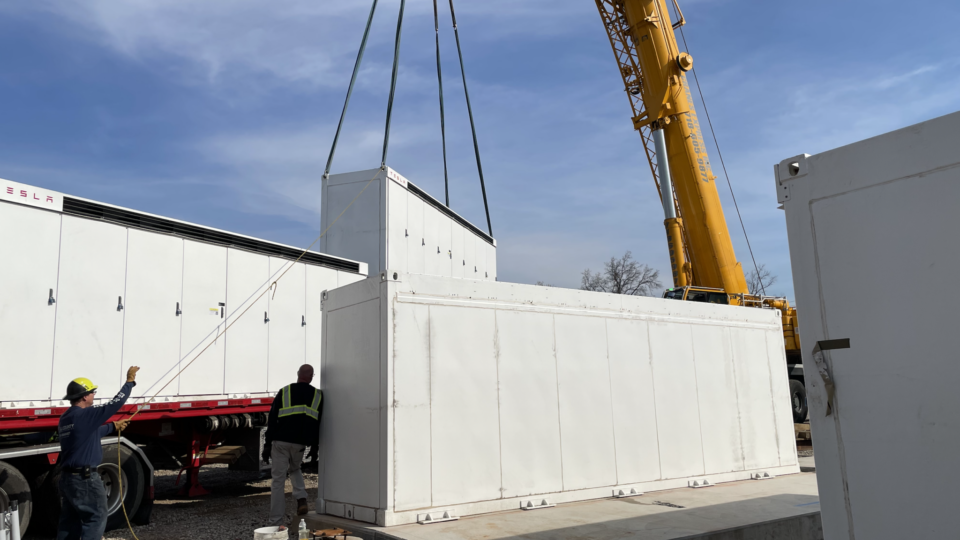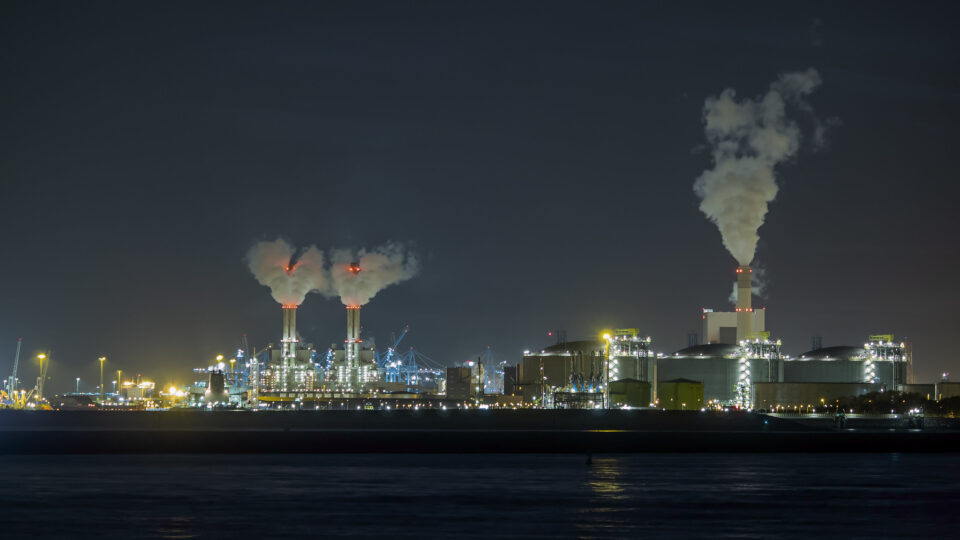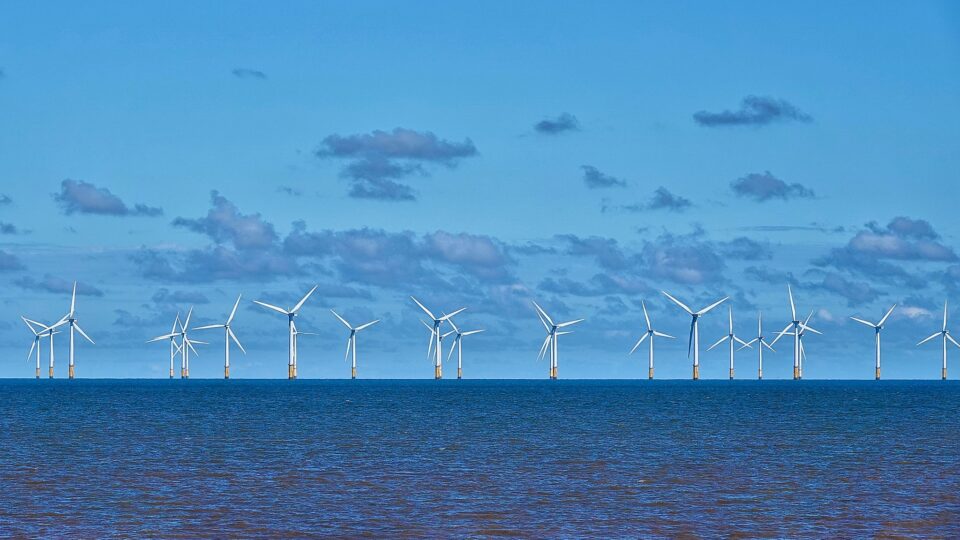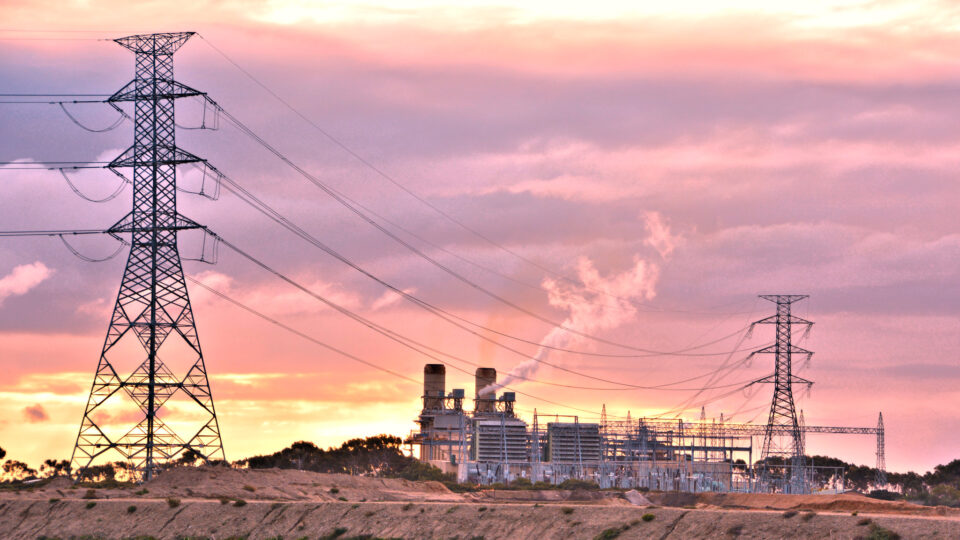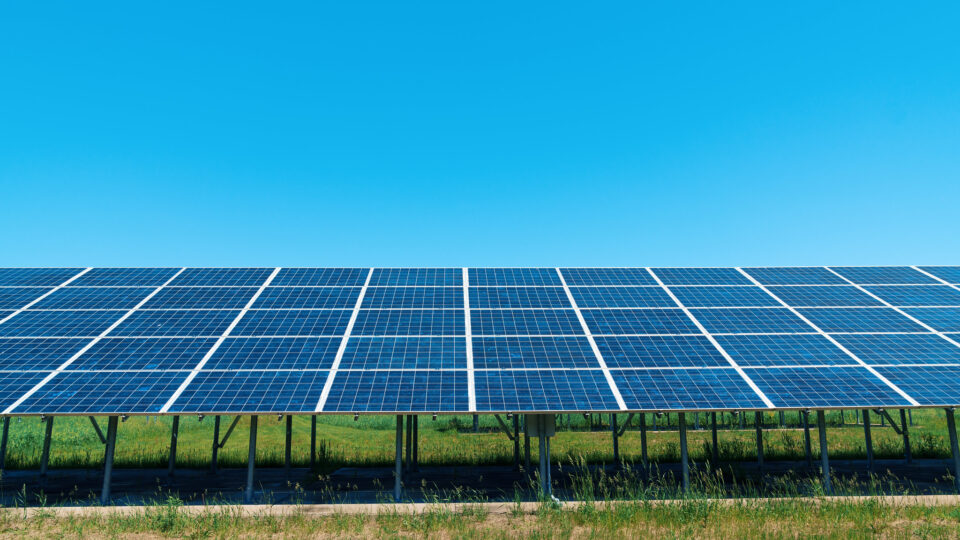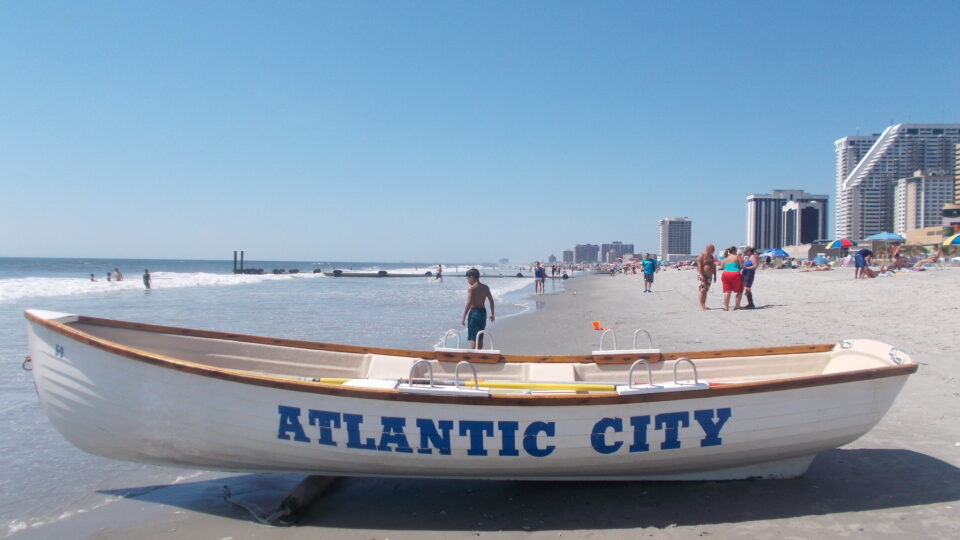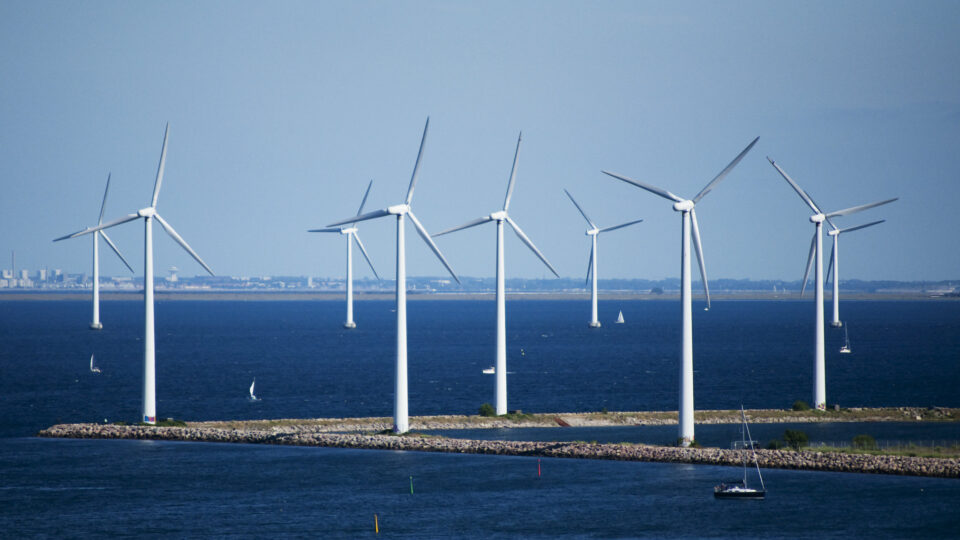As solar and wind power play an ever-growing role in the electricity grid, the need for energy storage also grows. Even if sun and wind can provide more energy than is needed at a particular time, they can’t provide it at all times. The ability to store excess energy waiting in reserve for when the sun and wind are not providing it is essential to avoid the need for burning fossil fuels to take up the slack.
The New York State Public Service Commission has announced that it has approved a new framework for the state to have in place a nation-leading six gigawatts of energy storage by 2030. This represents at least 20% of the peak electricity load of New York State.
An extensive set of recommendations to expand New York’s energy storage programs describe cost-effective ways to unlock the rapid growth of renewable energy across the state as well as to bolster the reliability of the grid. The buildout of storage deployment is estimated to reduce projected future statewide electric system costs by nearly $2 billion. New York has previously established goals to generate 70% of its electricity from renewable sources by 2030 and 100% zero-emission electricity by 2040.
The new roadmap includes programs to procure an additional 4.7 gigawatts of new energy storage projects across large-scale, retail, and residential energy storage sectors across the state. These future procurements, when combined with the 1.3 gigawatts already being procured or under contract, will allow the State to achieve the 6-gigawatt goal by 2030.
Energy storage plays a critical role in decarbonizing the grid, reducing electricity system costs, and improving the reliability of the electricity system.
**********
Web Links
New York approves plan to add six gigawatts of energy storage by 2030
Photo courtesy of NineDot Energy.
Earth Wise is a production of WAMC Northeast Public Radio
